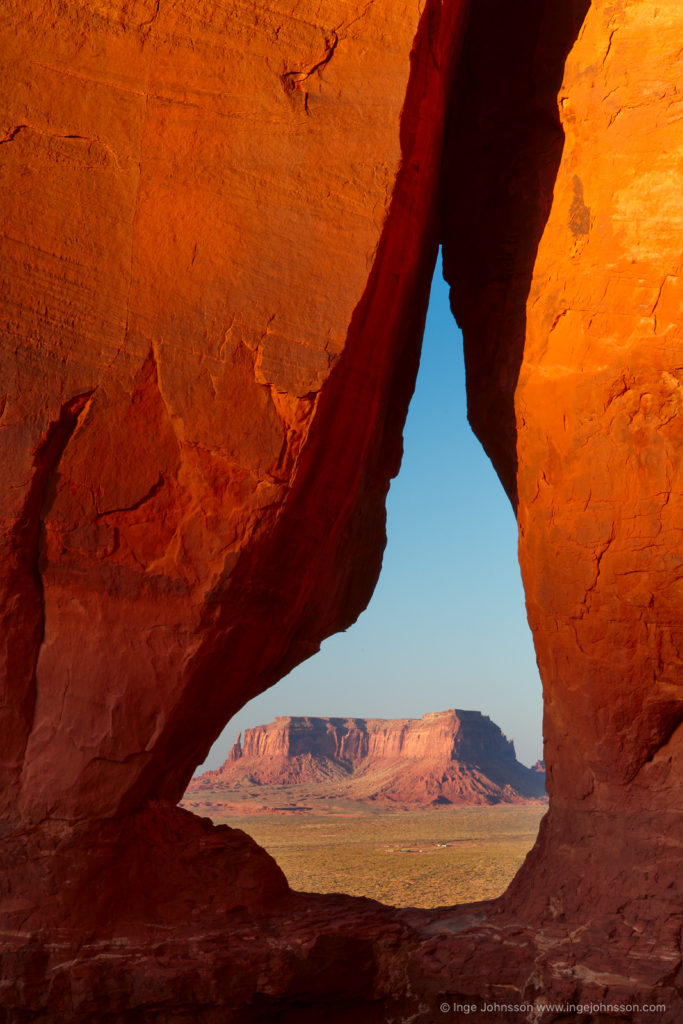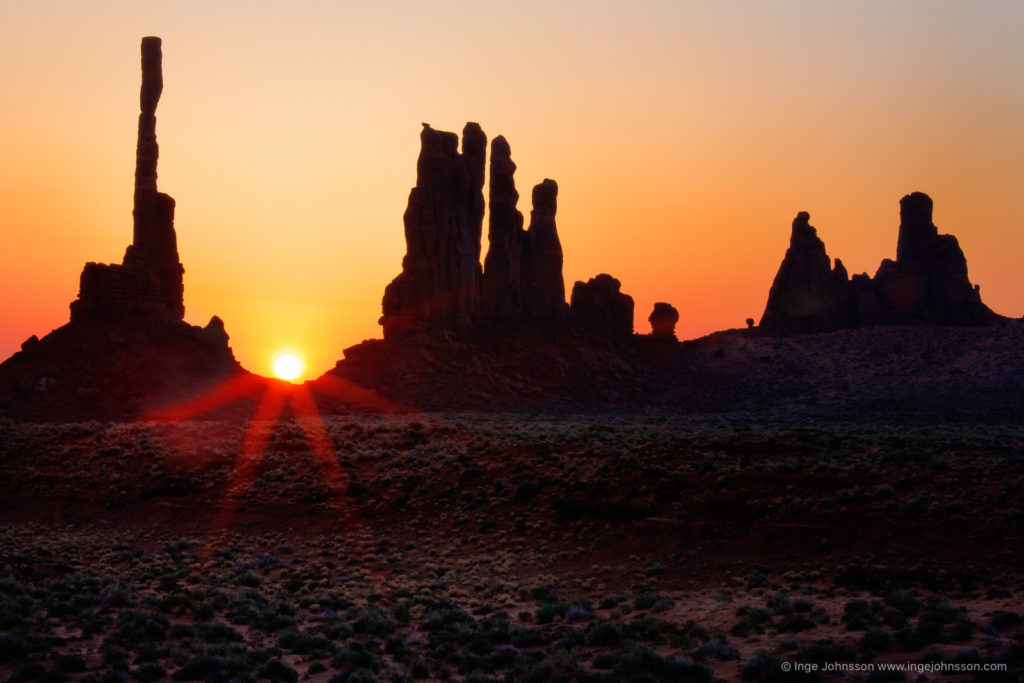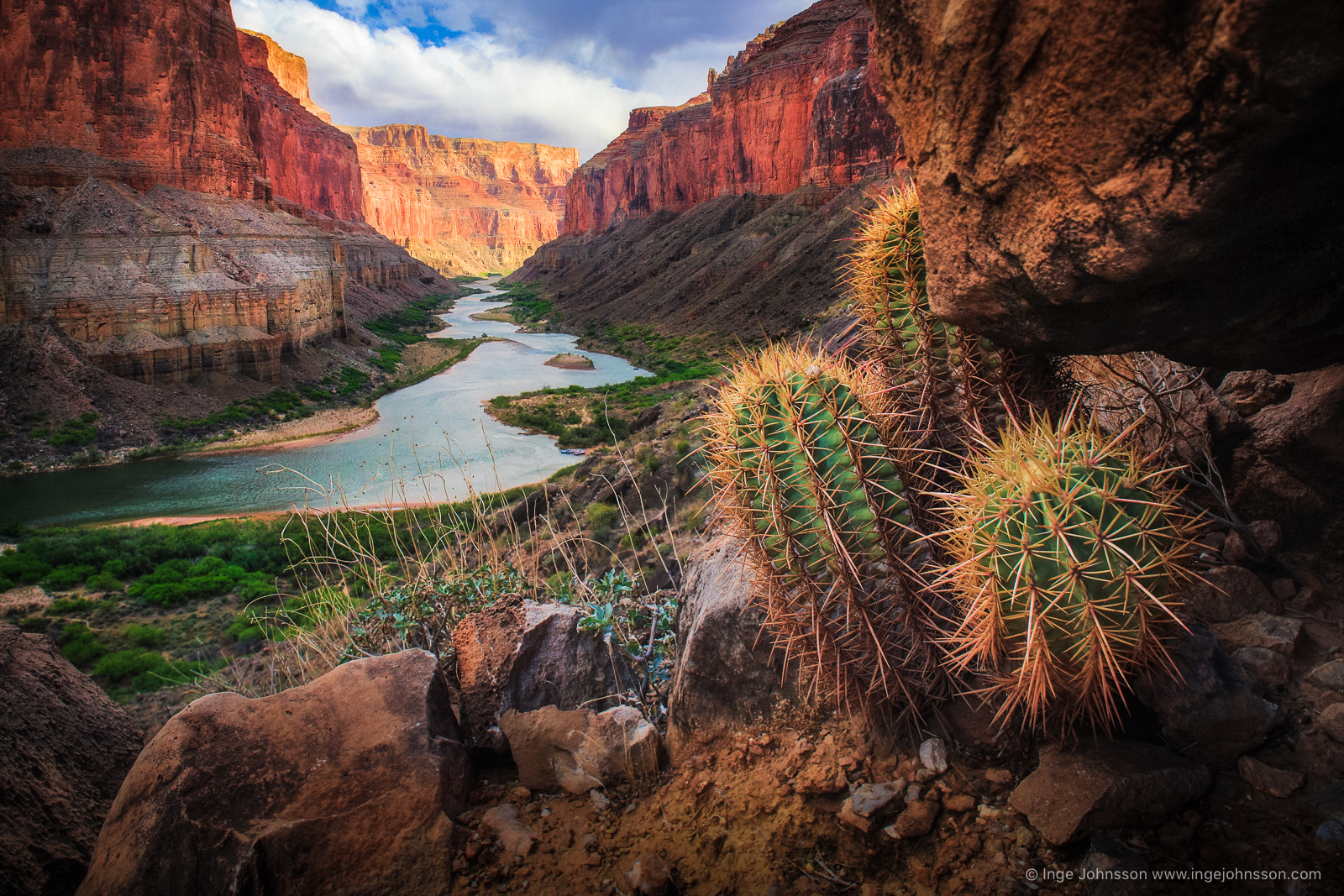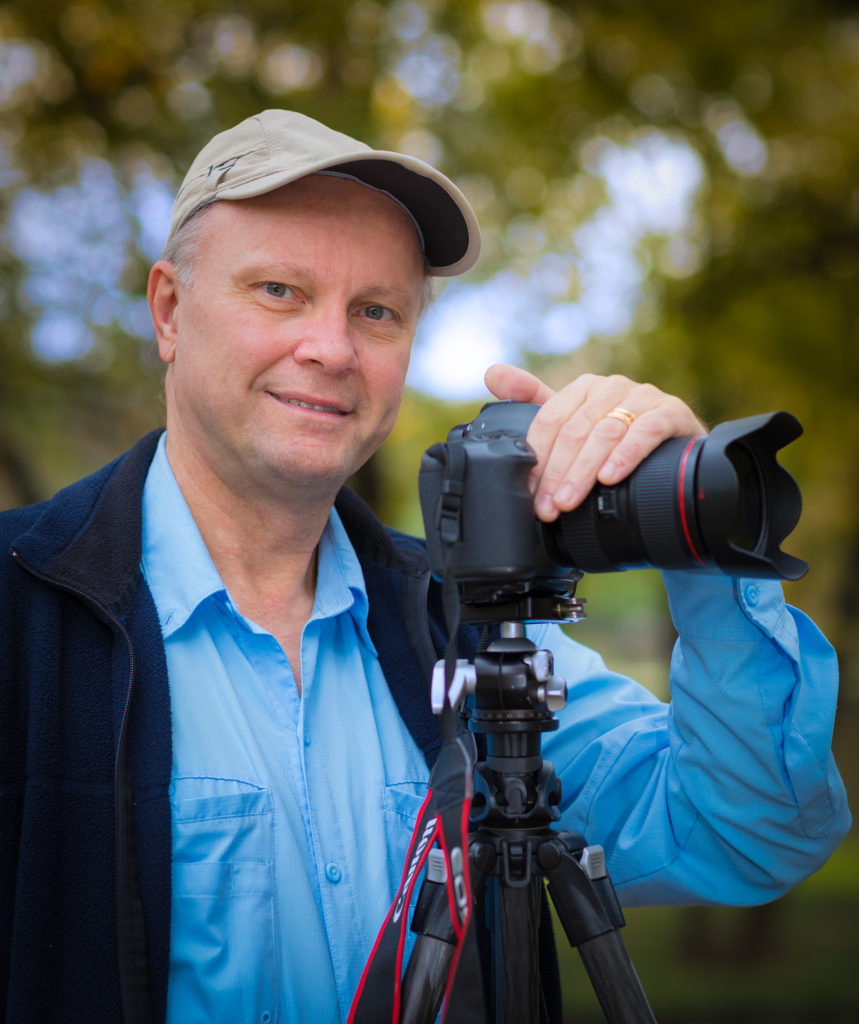Writer Amanda Christmann
Photography by Inge Johnsson
[dropcap]T[/dropcap]o fall in love with the desert is to walk a ledge between danger and beauty.
Our desert is Nature’s study of contrasts. Glorious purple mountains that appear with each sunrise turn bristled and brown as the day wears on. Merciless skies offer the parched earth no reprieve until monsoon rains drown it with floods, and the khakis and ecrus of monochromatic summers turn into a desert floor brilliantly dotted with yellows, purples, pinks and oranges.
This month, Images Arizona magazine celebrates our desert contrast with Shadows and Light. Swedish-born photographer Inge Johnsson, whose work has been featured in Popular Photography, National Geographic Traveler, Smithsonian magazine and Texas Highways, has captured the darkness and luminance of the Arizona desert beautifully in his photographs, and it’s our pleasure to share them with you.
About the Photographer
Inge Johnsson was born in the small town of Kalskrona, Sweden, where he lived for the first 30 years of his life. By the mid-1980s, inspired by the sights and people he met while traveling throughout Europe, his passion for photography had been born.
“Part of it was being inspired by my younger brother and some photographer friends of his, and part was just the sense that I wanted to capture what I saw when I was traveling to different places and countries,” he explains.
“When I went on trips around Europe and eventually the U.S., shooting slide and negative film at the time, I found myself wanting to better capture all the places I saw and visited. I started to read photo magazines for inspiration. That, of course, helped also, having some visual references and ‘how to tips’ to apply.”
In 1993, he moved to the United States and continued to capture the world around him in photographs. His trademark has been his unique perspective on color and contrast.
“I cannot say that it was some profound experience or sudden realization, but rather a very long evolution,” he says of his photography style. “I will say that seeing the work of Ansel Adams and David Muench did have a great influence on me. The way they captured the landscapes with tones, light and shadow, near-to-far perspective, and perfect technical execution was a great inspiration for me. Later on, the work of other photographers such as Jack Dykinga and Galen Rowell also provided inspiration, especially in how they approached colors.
“There is no doubt that the desert Southwest, and in particular Arizona, has always been one of my absolute favorite subjects. There are so many other places I have fond memories of, such as Toroweap, Canyon de Chelly, Hunts Mesa, the area around Page and Coyote Buttes, to name a few.”
When it comes to his passion, Johnsson has learned that patience is key.
“One thing I do differently than some landscape and travel photographers is that I really try to stay in a particular area for a somewhat long time so that I can see it in different types of light in terms of angle, intensity, softness and color.
“I may take a nap midday while waiting for the afternoon and evening light. I just observe and wait for the ‘right’ light. It is hard to describe exactly what that it is, as it is very personal, subjective and different for every subject. I can just tell when time is right, the way the light and shadows accentuate textures, create depth or that special ‘inner glow.’”
Like most Valley residents discover, the desert provides more than simple beauty; for those who choose to look, it offers an indelible connection to nature.
“Without doubt my most memorable photographic experience in Arizona was a 12-day rafting trip through the entire length of the Grand Canyon, from Lee’s Ferry to Lake Mead. This provided such an immersive and intimate relationship with the fantastic nature on the river, in the Grand Canyon, and all the side canyons we hiked.”
Johnsson currently resides in Frisco, Texas, though his heart remains without an address.
Tell Me Your Secrets
April is National Poetry Month, and there is no better way to honor the magic of language than to pair it with thoughtful imagery.
Inge Johnsson’s photography captures the raw, age-old beauty and power of the desert. Largely untouched by human hands, the shadows seem to hold the secrets of the gods. Though the cliffs of Mt. Olympus are far from our Sonoran Desert, ancient Greek gods would surely fall in love here.
In Greek mythology, Nyx, the goddess of night and darkness, was the mother of Hemera, the goddess of daylight. Hemera’s daughter was the Earth goddess Gaia. They are just three of the actors in a performance with a never-ending daily encore that begins in the moments before sunrise.
Zeus, god of the skies and the most powerful of the deities, was famously known for his improprieties with nymphs, who were goddesses of nature, and humans. The poem suggests that Zeus, angry because he fails to find love, causes the rains that the desert desperately needs.
Through shadows and light, a timeless saga plays out, and the secrets of the desert are revealed—or are they?


Teardrop Arch in Monument Valley, AZ
Tell Me Your Secrets
Writer Amanda Christmann
Within the folds of Nyx’s skirts
the secrets, they do hide;
sandstone cliffs
sun-baked abyss
weigh life and death the same.
Obsidian skies turn ashen gray
as dust begins to stir;
empyrean fires
older than time
burn pink and tangerine.
On eastern winds floats Hemera
her luminous fingers reaching;
in glory she shines
upon scenes sublime
her reckless flames scorch Gaia’s flesh.
Woe are the weathered branches and arms
begging to Sky for sweet rains;
the serpents coil
on barren soil
and predators become prey.
In lustful search, Zeus draws near
but finds no nymphs or mortals;
in a fit of rage
his storms assuage
adorning thorns with blooms.
Through a veil of seven folds
the secrets are revealed;
tales of the ages
on harlequin stages
with curtains made of stone.


First light at Yei-bi-Chai rocks in Monument Valley








Comments by Admin